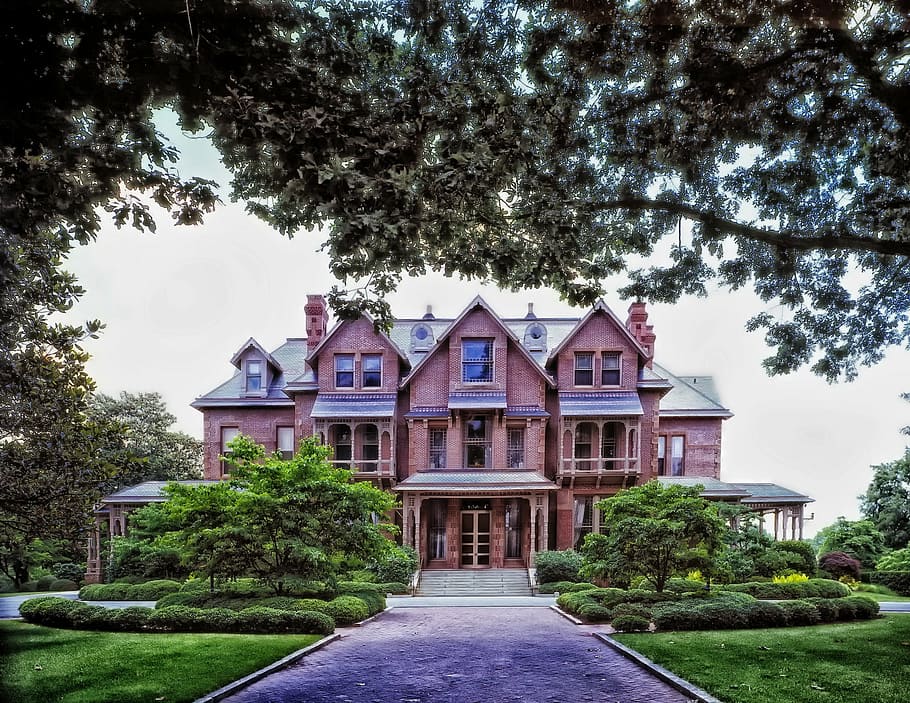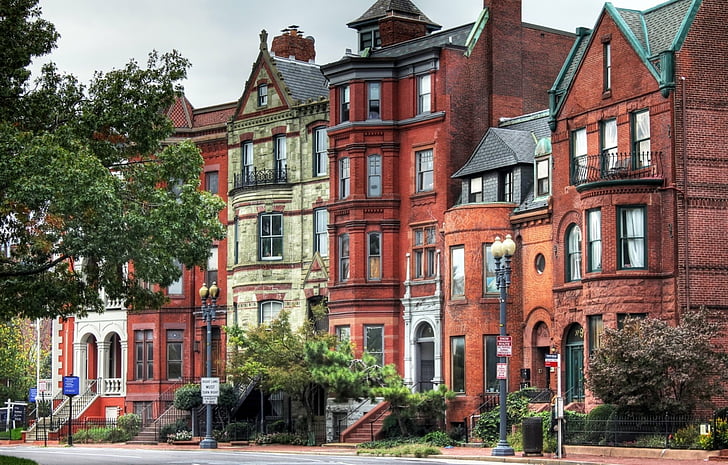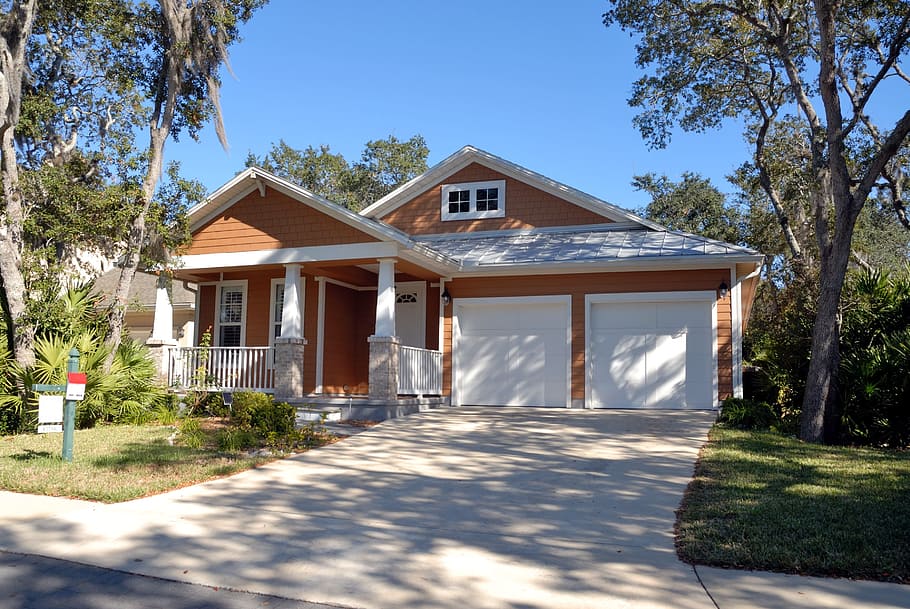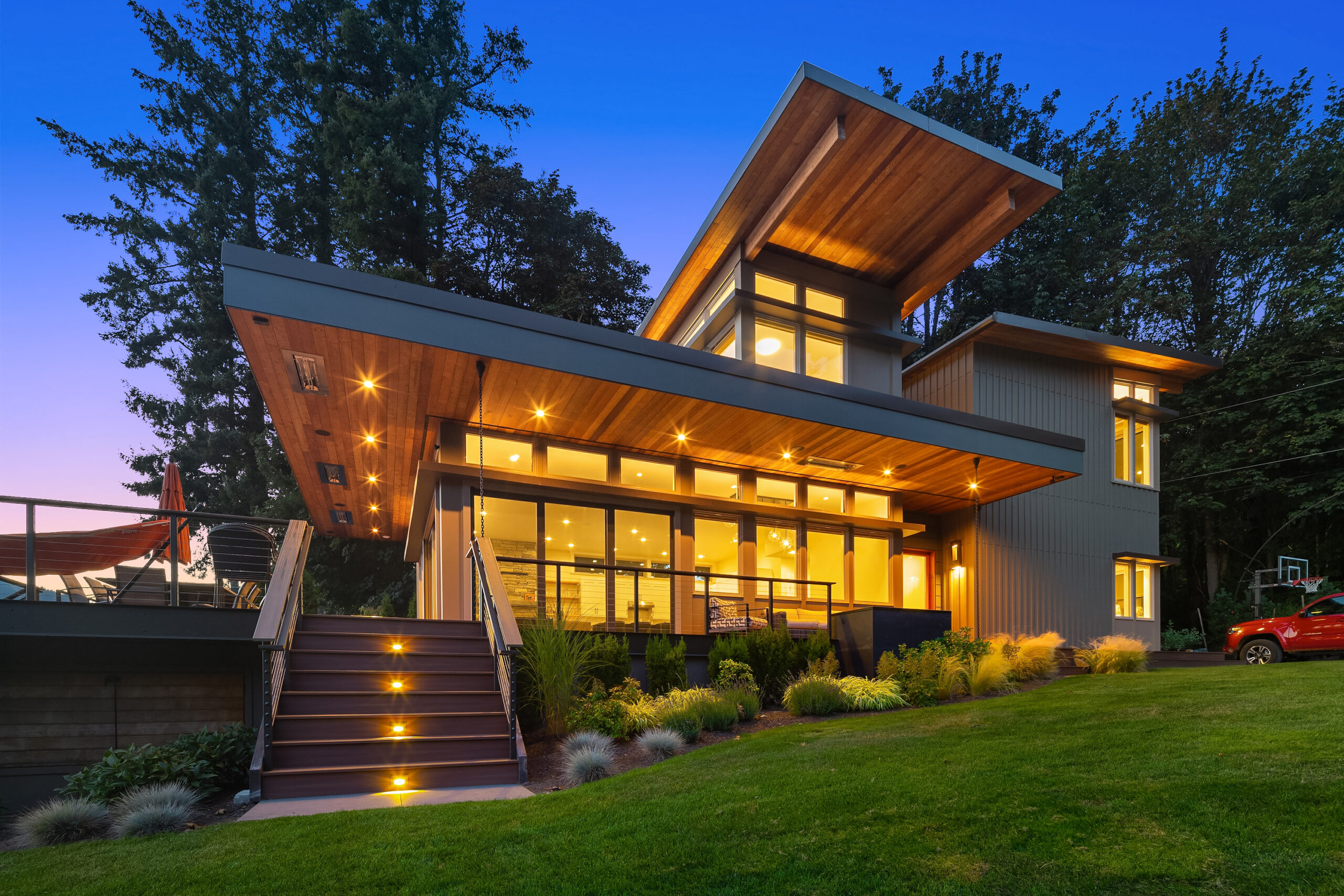Are you looking for modern homes for sale in Raleigh? Then the real estate market is sure to please you. You have varied architecture as the people that live there.
The designers influenced modern homes for sale by geography, climate, and industries shaped by social and economic growth.
Each building plays a role in how the residence interacts within the living space.
Neighborhood House Styles in Raleigh
Here are some excellent examples of modern homes for sale in Raleigh, NC.
Victorian Design North Carolina Homes
Throughout Raleigh Durham, NC, you can find Victorian-style homes for sale. The architecture refers to the era and not a specific type.
You see an emphasis on verticality, decoration, and a mixture of colors and materials used in the form. You notice pitched roofs with painted iron railings and colorful exteriors.
These homes in Raleigh have multiple stories with asymmetrical forms seen in old and new construction.
Brownstones Design You Find in the Real Estate
In NC, Raleigh has its brownstone neighborhood featuring New York City-style homes for sale. These North Carolina modern homes offer you premiere living within the Triangle.
Each type of contemporary house provides convenience, healthcare, education, sporting events, and maintenance-free living. The steep roof pitches with brick and stone cladding stand out.
You get three bedrooms with a 3.5 bath layout and a two-car garage with dual laundry rooms. The living space provides elegance with materials used to provide you with an exemplary living arrangement.
Bungalow Homes for Sale
Whether you have a home full of kids or an empty-nester living in a bungalow-style house offers you convenience for any boomer. They look great with their thatch roofs with open and efficient central living rooms, built-in cabinets, and floor plans with gentle roof slopes.
While you may think these homes are tiny, they are not. It is a one-story listing or listed as half stories with a partial 2nd floor and dormers. You get open floor plans with entertaining from the kitchen to the living room.
The price is reasonable, so check them out as you can afford contemporary homes, starting at $198,000.
Modern Homes for Sale
Or you can be the proud homeowner of modern homes for sale similar to the one on Wade Avenue. The lone yet slender house is on the corner as you head downtown.
The residence you find sandwiched between the railroad and creeks on the floodplain with a concrete mill seen in the back.
Architect Walter Davis built this contemporary home. Every detail is carefully crafted, from the living space angle to the shower and paint on the walls. Even the furniture is custom-made with a bar.
Prefab Homes
Now, if you prefer a new construction home with modernist architecture, you can always pay DVELE in Raleigh a visit to have a contemporary prefab house built. Together with them, they work with you on a design considering your custom vision.
They handle everything from the layout, structure, installation, and finish to the inspection before moving in.
So if you want to live holistically to enjoy a healthier living experience with sustainability, make sure to check them out. Think of it this way now you to can enjoy living in any of the homes in Raleigh.
Famous Classic Modern Architecture in Raleigh
Raleigh provides real estate with modern homes, and you can find classic modern architecture from Chapel Hill to Durham, NC. 1960 North Carolina became a progressive yet modern design hub following regional modernism. During the 70s and 80s, you found modernist houses and buildings rising from the ground in different styles.
Here are some of those traditional family-stunning residential homes.
The Eduardo Catalano House
Architect Eduardo Catalano built The NC home in 1954 in Raleigh. It became the “House of the Decade” by the House and Home Magazine in the 1950s. Later it became an icon of mid-century optimism praised by the architect Frank Lloyd Wright.
The custom-built home spreads over 1,700 sqft and has three bedroom features with the hyperbolic paraboloid roof spanning over it made of wood.
The Structure
The roof warps into two curves with two corners firmly anchored to the ground while the other corners are high in the air. Beneath the roof, you find a square interior of glass providing openness in certain areas for privacy. Sometimes people refer to the home as the “Potato Chip.”
Later the home was sold to Ezra Meir, an engineer, in September 1957. Then they sold it to William Hinnant in December 1966. So they sold the house a couple of times, and from 1996 to 2001, it was unoccupied.
Unable to Repair
As time progressed, it would cost a fortune to repair. Then Preservation North Carolina bought it and tried to sell it again to any person who would rebuild and design it. Finally, in March 2001, the property was sold to JBar Associates and destroyed.
They then built two huge homes on the property.
Marshall Davis Home
Our modern home for sale section mentions that Wade Avenue has made loads of news in Raleigh. According to Raleigh Mag, when interviewing him, Marshall will welcome you into the home when you knock at the door.
The home looks odd and exciting from the outside, designed by his father, Walter Davis. However, when Marshall looked at living closer to downtown, the property was an affordable opportunity not to be missed.
The Unique Form
With cost-effective solutions, they addressed all the concerns of the home resulting in a three-story place to live. It has an angular roof slope with huge paneled windows and a bright blue door.
There are three living spaces, with the ground floor serving as an independent unit. On the second level, you find the bedrooms, while the top floor has an open living space with a kitchen and deck.
The home has a gorgeous view of the train tracks and is a beacon for all modernist fans.
Situ Studio Overhauls a Mid-Century Dwelling
Another classic home renovated in Raleigh, NC, is haphazardly chopped up over the years, known as the Ocotea House. The beautiful home built in 1959 as a brick ranch-style house is now completely altered. When renovated years ago, the owners chopped up the basement to add bedrooms to the main floor and public spaces.
Now it has all changed with the architects modifying it to uncover its natural character. They added new finishes outside and inside while removing elements to reconstruct the interior space. They removed the sunroom and replaced it with a covered carport extending the line of the roof.
It has an elevated deck with street-facing elevation. The red brick structure is painted blue with the soffits white. They removed the walls between the living room and kitchen. Thus you have an open area space allowing light onto the brick fireplace.
Now you can update the decor from the kitchen to the bedroom and bathroom.
Frequently Asked Questions
Raleigh presents all with historic homes, family-friendly housing, and tight-knit communities, making it a great place to live.
You can find Wrightsville Beach 130 miles from Raleigh, an estimated two-hour drive by car. It is a four-mile-long beach to enjoy basking in the sun.
The city presents excellent job opportunities with an unemployment rate of around 4%.
It is a large city with a small-town charm, outstanding universities, and health care with low-cost housing.
The city is 434 feet above sea level and sits in the hilly region of Piedmont, where it meets up with the flat coastal plains.
Most of the time you need transport in the town to run errands but as with any city you have the neighborhoods you can walk with shops nearby.




Comments